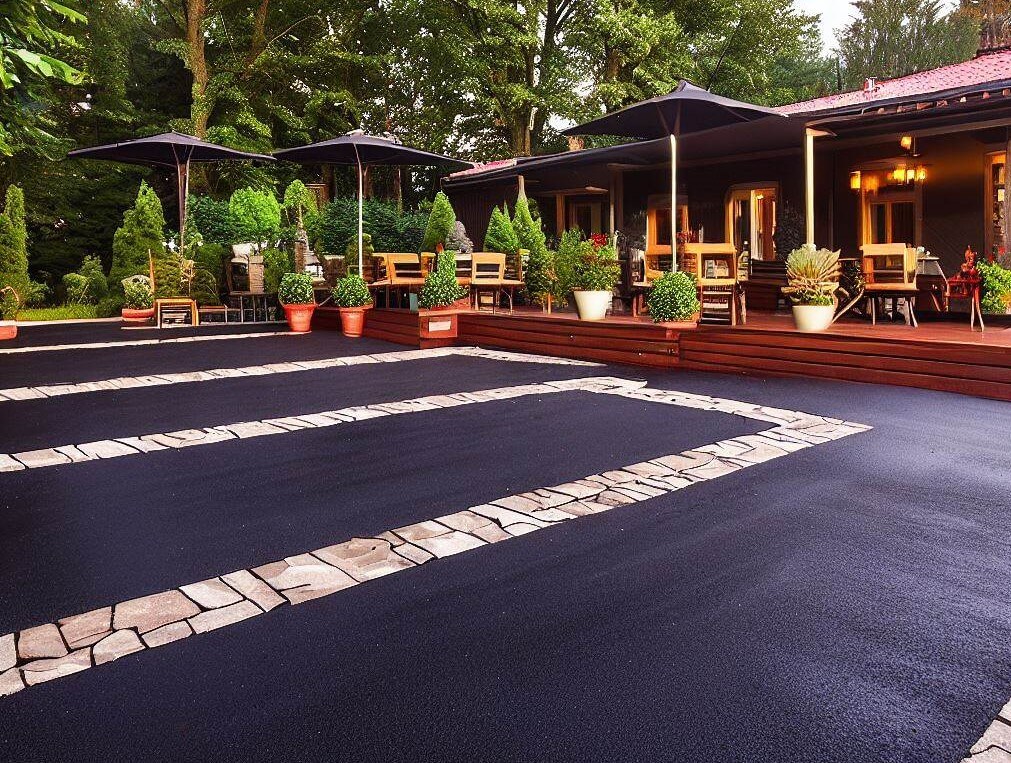Asphalt Flooring
Asphalt flooring is water-proof, dustless, jointless, acid-proof, and attractive in appearance and as such becoming popular these days. Asphalt flooring is also non-slippery and noiseless.

Construction Method
Construction of asphalt flooring consists of the following two operations.
Preparation of Mastic Asphalt
Asphalt which is generally available in drums is broken into pieces and put in an iron pot known as ‘cauldron’. The iron pot is heated by lighting fire under it. Due to heating, asphalt starts melting.
The mass is continuously heated and stirred till the whole of the mass melts. Once the whole mass acquires uniform consistency (i.e., the whole mass has melted) clean sharp sand or grit is added in a proportion of two parts of sand or grit to one part of asphalt.
This mixture of sand and asphalt is continued to be heated till it starts emitting light brown-colored smoke. At this stage, the mixture which is also known as compost, acquires such a consistency that it can drop freely from the stirrer. At this temperature, the mix or compost is considered fit for use.
Compost should not be heated further as otherwise, it may get over-burnt and its properties undergo marked change which is unfavorable for a good floor finishing.
Read Also: Different Types of Flooring
Laying of Asphalt
The hard and unsinkable base is prepared by a 10 cm to 15 cm thick layer of lean cement concrete or lime concrete. The surface is thoroughly cleaned and dried. The mastic asphalt prepared as above is poured on the prepared base with the help of iron ladles and spread evenly on the surface in thickness varying from 13 mm to 25 mm.
Before the mastic asphalt becomes hard on cooling, very fine sand is shifted on the surface. The surface is then rubbed with the help of a trowel or hand float. The asphalt floor is put to use after it has hardened.
In case mastic is to be laid in two layers instead of one, sand should not be shifted over the bottom layer. The second layer should be laid before the bottom layer solidifies. The second layer of mastic should be covered with fine sand and finished by trowelling before the mastic becomes hard.
In the old days, asphalt floors were not favored because of the bad smell and ugly color of the asphalt. Nowadays asphalt flooring can be made in a variety of colors. Floors may be made from asphalt tiles, which are manufactured from natural asphalt, asbestos fibers, and mineral pigments. Asphalt floors may also be formed from asphalt terrazzo which is manufactured by mixing marble, and chips into colored asphalt.
Read Also: